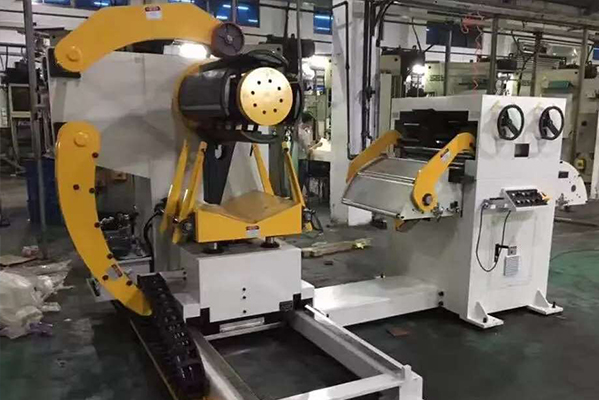Navigation Menu
Contact Us
- Email:
- info@wxavatar.com
- Address:
- Yurong Village, Yuqi Street, Huishan District, Wuxi, China.
Release Date:Mar 04, 2025 Visit:93 Source:Roll Forming Machine Factory
A rolling machine is a versatile piece of equipment widely used in various industries to shape and process materials such as metal, plastic, and paper. Its primary function is to flatten, bend, or reduce the thickness of materials by passing them through a series of rollers. This article explores the applications, types, and benefits of rolling machines, highlighting their importance in modern manufacturing and construction processes.
In the metalworking industry, rolling machines play a crucial role in producing sheets, plates, and structural components. For instance, steel and aluminum sheets used in automotive manufacturing, construction, and aerospace are often processed using rolling machines. These machines can also create curved or cylindrical shapes, making them essential for producing pipes, tubes, and other rounded structures.

There are several types of rolling machines, each designed for specific tasks. Two-roll machines are commonly used for simple flattening or bending, while three-roll and four-roll machines offer greater precision and control for more complex shapes. Additionally, specialized rolling machines, such as plate rolling machines and profile rolling machines, cater to unique industrial needs.
The benefits of using a rolling machine include improved material consistency, enhanced efficiency, and reduced waste. By automating the shaping process, these machines ensure uniform thickness and smooth surfaces, which are critical for high-quality end products. Moreover, they significantly reduce manual labor and production time, contributing to cost savings and increased productivity.
In conclusion, a rolling machine is an indispensable tool in modern manufacturing and construction, offering precision, efficiency, and versatility. Whether used for metal, plastic, or paper processing, these machines continue to drive innovation and improve production standards across industries. As technology advances, the capabilities of rolling machines are expected to expand further, solidifying their role in shaping the future of industrial processes.